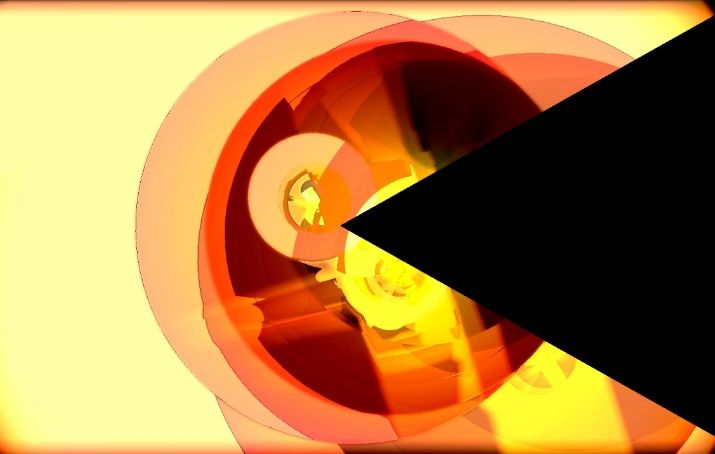
Peitgen, Richter, The beauty of Fractals, 1986, Springer-Verlag, Heidelberg.The Mu-Ency by Robert Munafo contains a more detailed discussion of some of the algorithms. Hubbard.Ī major proportion of the main ideas and algorithms are already present in The science of Fractal Images. Methods presented here are either direct translation or enhancement of algorithms that I learned first in the 1980's from elementary programs found in popular journals about computers, in the mid 1990's in the book The beauty of Fractals, and then when I started a career as a mathematician in the late 1990's directly from discussion with colleagues, especially Xavier Buff, Christian Henriksen and John H. The dynamical system $z\mapsto P(z)$ is stable under a perturbation of $P$ if and only if $c\in \partial M$, where $\partial $ is a notation for the topological boundary.The Julia set of $P$ is connected if and only if $c\in M$.

If you do not know any of the italicized words, go and look on the Internet. The Mandelbrot set, denoted M, is the set of complex numbers $c$ such that the critical point $z=0$ of the polynomial $P(z)=z^2+c$ has an orbit that is not attracted to infinity. Here I give a very quick definition/reminder: 3.5.3 Variation: using the distance estimator to color the outsideĬertainly, Wikipedia's page about this set in any language should be a good introduction.3.5.2 Variation: (partial) antialias effect without oversampling.3.5 Boundary detection methods via distance estimators.3.4.1 Math digression: hyperbolic components.3.3.1 Deep zooms and log-potential scale.


 0 kommentar(er)
0 kommentar(er)
